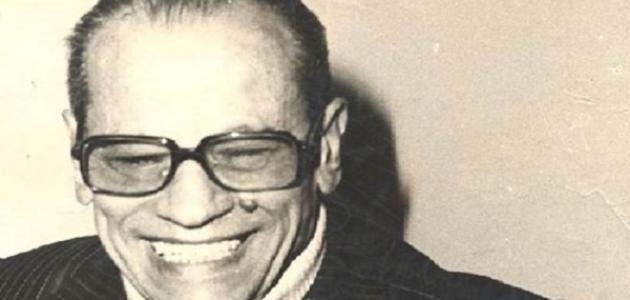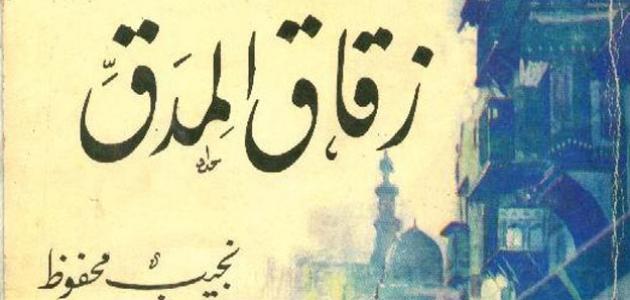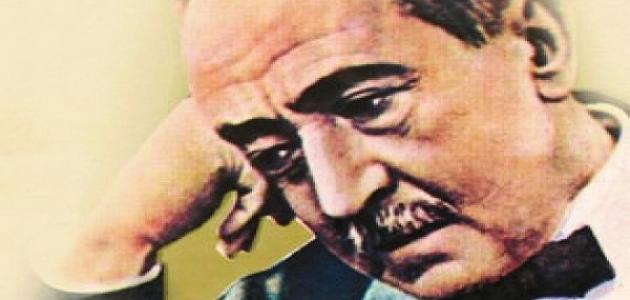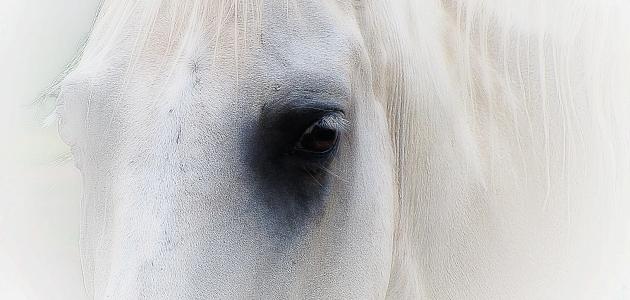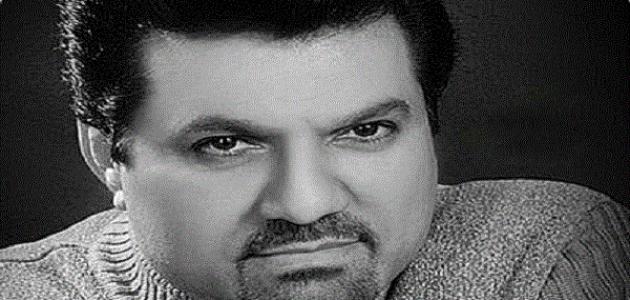Critics almost unanimously agree that the circle of literary work is not complete without the presence of all parties: the sender/writer or creator, the addressee/reader or recipient, and the message/literary text. Are there common denominators between the life of the writer Naguib Mahfouz and the title of the novel (The Thief and the Dogs)?
If we know that Naguib Mahfouz lived through the revolution (July, 1952 AD), and understood its consequences and sharp dramatic changes politically, socially and intellectually; We will realize the dimensions of the issue that worries the writer and disturbs him, represented in his criticism of the Egyptian reality after the revolution. Sincerity, which is extracted with difficulty from among the accumulations of negative connotations of the word (dogs) drawn in the human mind, does the thief (Saeed Mahran) deserve this title despite his devotion to the principles of the revolution? On the other hand, do these dogs (Nabawiya, Alish, and Raouf Alwan) deserve the qualities of loyalty, even though they used to deal in treachery, betrayal, and denial of revolutionary values?
If we go beyond the narrative element in the novel to reach the plot, we will see a clear traditional presence in the alphabet of presenting the event, where the logical consequences of the causes, revenge is a logical and expected result that resulted from the betrayal that Saeed Mahran was subjected to, and the killing of Hussein Shaaban was an expected result, due to his presence in the house Alish, and his daughter Sana’s aversion to him was to be expected after this long absence among the dark veins of the prisons. As for the end, it was par excellence traditional; As the course of events and the transformation of Saeed Mahran into an outlaw, and a criminal thief, must lead him to this tragic end, when the police surrounded him and showered him with bullets.
Read also:who is the first to tell poemsNaguib Mahfouz presented us with a realistic novel laden with harsh criticism of the Egyptian reality after the revolution, where opportunism, honor trading, and self-compulsion to enter the criminal field from where you do not feel, but what distinguishes this novel is the writer's style in which he preferred the language of simplicity and clarity, and accurate description, And he dusted off the dust of the imaginative, pretentious philanthropists; Because the language of the era rejects this pattern, and tends to the language of journalism and printing, as it approaches the language of daily life, through the writer’s adoption of a realistic, living language, related to the Egyptian street, and therefore we can say: Naguib Mahfouz is the first to originate a new experience that overlaps in which the eloquent language is in the colloquial dialect; In his desire to reveal the details of the contents of the Arab citizen who was crushed by worries and burdened by misfortunes. The language of the novel is also characterized by a clear overlap in the threads of the narrative narrative. There is a clear mixing between the writer's voice, the voice of the narrator, and the character. The aim is to encompass the concerns of the personality in all its aspects, as we see the writer's dependence on the language of narrative description, and the adoption of dialogue in its two forms: the dialectic and the monologue.
Now we can provide an answer to the questions raised at the beginning of the analysis, as the title of this novel constituted an artistic paradox of great beauty and splendor, as the writer was able to change many distorted concepts and inverted facts, where the concept of trust and betrayal, the oppressor and the oppressed, patriotism and disguise confused. To the homeland, in an attempt to return things to their true origins.
Read also:You love the righteous and you are one of them